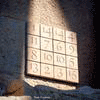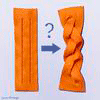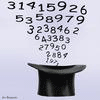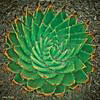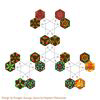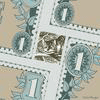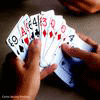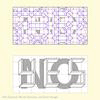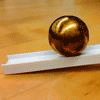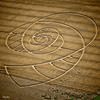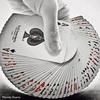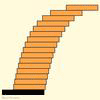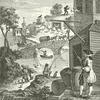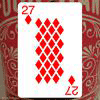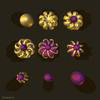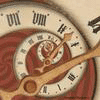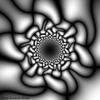Mathematics Awareness Month 2014: Mathematics, Magic, and Mystery
Navigate the Calendar
The Snail Ball
Here is a mystery with a mathematical twist—a perfectly round ball that rolls at a snail’s pace:
Esteemed toy collector Tim Rowett gives a little hint that might help you understand the mystery:
The mystery, of course, is why the ball rolls so slowly. Mr. Rowett provided an intriguing hint by revealing that the speed of its descent depends on its temperature.
Taking it Further
While this mystery can be understood using mathematics, it may be more satisfying to test your conceptual understanding of the phenomenon by actually making one. Once you have an idea about how it might work, see if you can build a working model. The key is to abandon the idea of creating an actual sphere, but rather aim for something easier: a cylinder that will roll very slowly, according to the same principle.
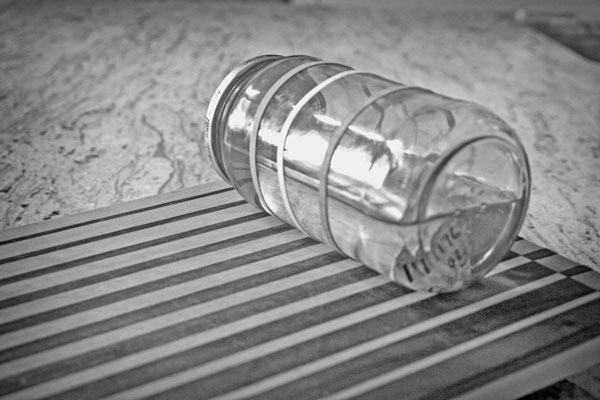
Another mysterious trick in the same vein is the following: Take a coffee can and attach a rubber band along its axis between the lid and the bottom of the can. Suspend a weight, like a bolt, in the middle of the rubber band. When you roll the can gently along the floor the bolt will not turn, so the elastic band winds up as it rolls. Eventually the can slows, stops, and then returns.
The Underlying Mathematics
A mathematical explanation of the geometry of the snail ball can be found in Stan Wagon’s 2010 article “ The Geometry of the Snail Ball,” which appeared in Mathematics Magazine (vol. 83, pp 276–279).
Wagon explains: “The snail ball consists of a spherical metal shell (diameter 19 mm) hiding a smaller core (a solid ball of diameter 12 mm) in its interior. There is also a viscous liquid in the interior (perhaps glycerol), which delays the ability of gravity to lower the core to the bottom position.” The core keeps the center of gravity of the entire ball below the center of the outer shell.
The mathematical object that is required to understand the snail ball is the cycloid: it is the curve traced out by a fixed point attached to a rolling wheel.
In order to make your model, all that is required is a cylindrical jar for the outer shell, a heavy metal cylinder that fits inside it, and some corn syrup for the viscous fluid. Some rubber bands wrapped around the jar will improve friction with the inclined plane.



